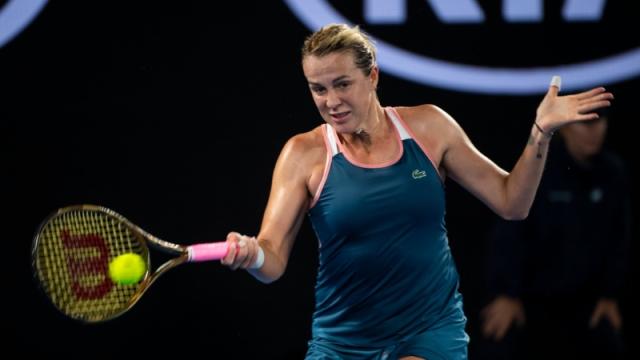What’s the difference between the best tennis players in the world and those striving to reach the top five, or even the coveted number one ranking? The ability to execute the perfect forehand or deliver an ace at a crucial moment isn’t merely about having the best skills. It’s about making the best decisions at pivotal moments. And, as players are trying to improve their games, machine learning is starting to influence how they make those split-second decisions.
If you watch professional sports, the one things that stands out is that all the best players, such as those on show at the Australian Open being held at Melbourne Park at the moment, is that all the players are capable of producing incredible shots and, notwithstanding those carrying injuries, all are in peak physical condition. So, if all the players are highly skilled and physically fit, what’s the difference? It comes down to what shot they play at a specific moment.
Over the last few years, more and more data has been collected about what shots players use at specific moments and what success those decisions have produced.
This weekend, I attended the Australian Open (as a guest of SAP, one of the main sponsors of the WTA) and had a chance to look at how analytics are influencing the best players. The tech isn’t new but is developing at a rapid pace. Until recently, the focus was on helping players on the women’s tour understand what they were doing in specific situations. For example, the data being collected could tell a players that when the score was deuce, that they’d serve to the body of their opponent 75% of the time.
In many cases, the players didn’t realise that when they were making that decision they were falling back to a habit.
The SAP analytics platform has been under continuous development for several years and has now added a new dimension. Machine learning has been introduced. An SAP spokesperson told us the company took a slow approach to introduce this new capability so that players could get used to the idea of using data intelligently without being overwhelmed by the technology.
Data is made available to players and coaches on equal terms so no player is given an advantage over others. The data is delivered after matches so there’s no opportunity for players to use the information during a match. Some of the data is also made available to the media to aid their coverage.
The machine learning tools add the ability to perform “what if” analyses to the information players and coaches receive. For example, they can replay specific points in matches but change what shot they played at a key moment in a rally to see what might have happened. This is based on their data and that of their opponent. Players can use what they learn to not only help them make better decisions but to better understand what their opponents will do in specific situations.
The differences this produces can be significant. Players that have the skills to execute and the ability to read a situation and use what they’ve learned to produce a shot that increases the likelihood of winning a point can make a difference in a tight match. For example, knowing that against a specific player hitting a slice to their forehand side increases the chance of winning a rally in a close tie break.
An interesting insight many players have learned is that favourite shots are not always their most successful shots. And that’s helped them alter their game subtly so they don’t revert to what’s comfortable in tight situations but to a shot that’s more likely to produce a positive result.
We are reaching a point where professional athletes are looking for an edge to separate them from the pack. Over the years, the focus has moved from skills and fitness to understanding how they play and what their opponents will do in particular situations. Machine learning lets players see what would have happened if they had played differently in particular situations and modify their gameplay during matches.
